Growing Concern Over Iceland’s Rising Landmass
Satellite data confirms a global warming link between the melting of icecaps and an accelerating increase in the height of Icelandic hills.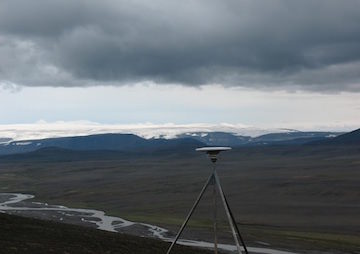
By Tim Radford, Climate News Network
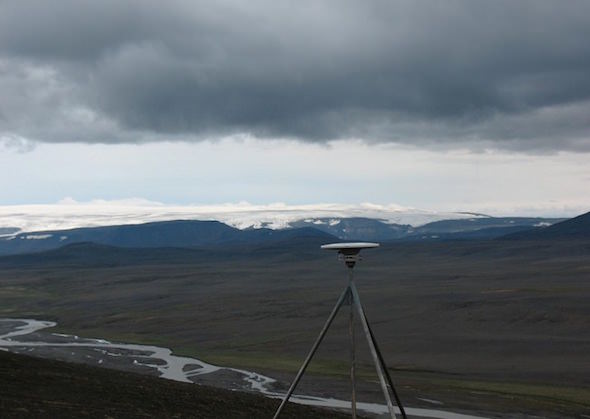
One of 62 satellite receivers used to detect Earth crust movements in Iceland. (Richard A Bennett/University of Arizona)
This Creative Commons-licensed piece first appeared at Climate News Network.
LONDON — Iceland is certainly going up in the world — but that’s not necessarily good news. As the ice melts and glaciers retreat, the mantle below the crust of the Atlantic island has responded, and the ice-capped hills are rising by an average of 30mm a year.
And scientists says that their analysis of precision data from a network of satellite stations indicates that this uplift is accelerating by one or two millimetres a year.
Isostasy is not a new idea. Geologists have known for more than a century that the rigid plates of the Earth’s crust — the lithosphere — ride on a viscous, springy mantle called the asthenosphere.
As crustal mass is lost — the erosion of mountains, for instance, or the retreat of Ice Age glaciers — the asthenosphere responds, and the landmass rises. Similarly, when a volcanic cone is built by a series of rapid eruptions, the asthenosphere below starts to respond to the new burden by sinking.
Heaving and sinking
The principle is well established, and there is geological evidence of this slow heaving and sinking everywhere. But nobody had expected to be able to measure it as it happens.
Kathleen Compton, of the University of Arizona’s Department of Geosciences, and colleagues report in Geophysical Research Letters that they used a network of 62 global positioning satellite stations to measure ground movements with exquisite accuracy.
They chose a set of stable icecaps away from the more active volcanic zones, to eliminate the heaving and sighing of the bedrock that is connected with eruption. Enough data was available from early installations of GPS stations to confirm that uplift from the end of the last ice age about 9,000 years ago was more or less at an end.
“What we’re observing is climatically-induced change in the Earth’s surface”
A glacier year that began in October and ended in September was chosen, so that measurements would not be confused by spring melting or early snowfall.
In the last 30 years, the world has warmed and the high latitudes of the northern hemisphere have warmed the fastest. The Arctic melting season has been advancing at the rate of about 17 days a decade.
The researchers’ measurements show that uplift began about 30 years ago, with some sites in Iceland now rising at 35mm a year. And this rate is increasing.
“Our research makes the connection between recent accelerated uplift and the accelerated melting of the Icelandic ice caps,” said Compton, a doctoral student.
“Iceland is the first place we can say accelerated uplift means accelerated ice loss,” said her co-author, associate professor Richard Bennett. “What we’re observing is climatically-induced change in the Earth’s surface.”
Volcanic activity
There is a tantalising possibility that they may also be observing a change in volcanic activity. Geological evidence suggests that, as the glaciers began to retreat 12,000 years ago, Iceland’s eruptions increased thirty-fold.
Other researchers have raised the possibility that warming-induced ice loss could increase the frequency of eruptions now.
But the Arizona team simply wanted to establish a connection between the rate of melting and the rate of uplift, and used mathematical models to confirm the coupling.
Dr Bennett says: “There’s no way to explain that accelerated uplift unless the glacier is disappearing at an accelerating rate.”
Your support matters…Independent journalism is under threat and overshadowed by heavily funded mainstream media.
You can help level the playing field. Become a member.
Your tax-deductible contribution keeps us digging beneath the headlines to give you thought-provoking, investigative reporting and analysis that unearths what's really happening- without compromise.
Give today to support our courageous, independent journalists.
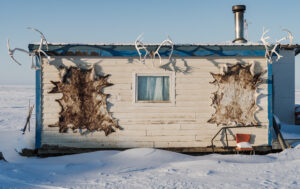
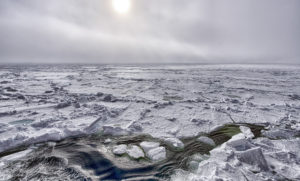
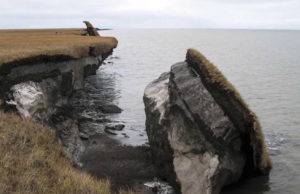
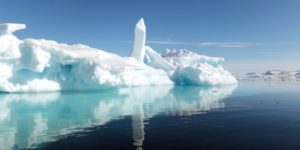
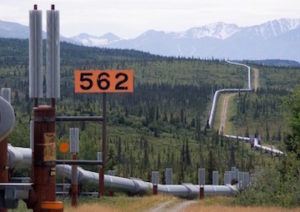

You need to be a supporter to comment.
There are currently no responses to this article.
Be the first to respond.